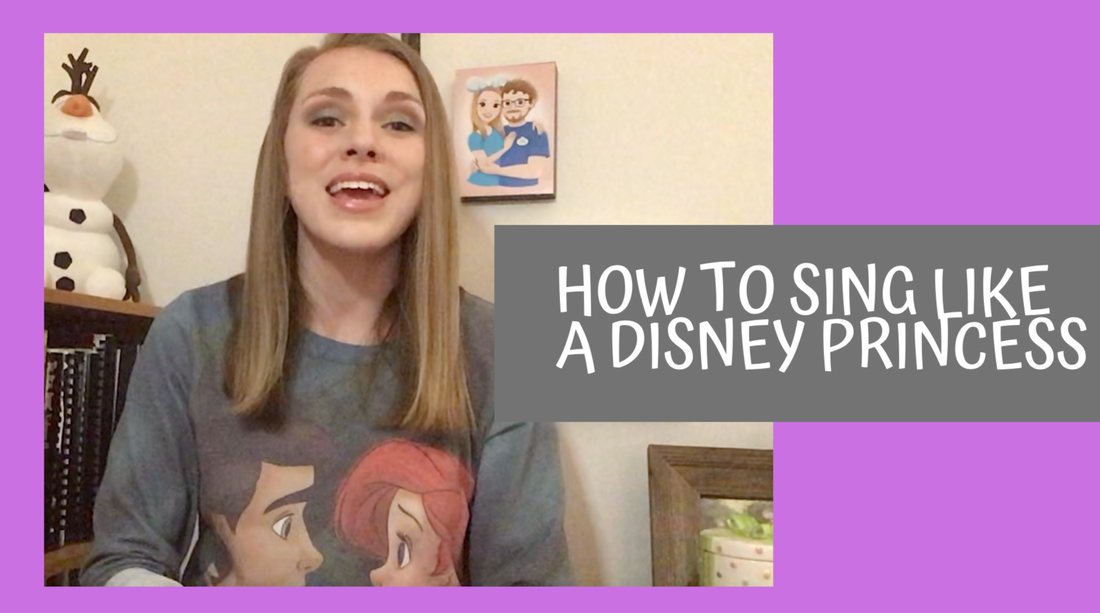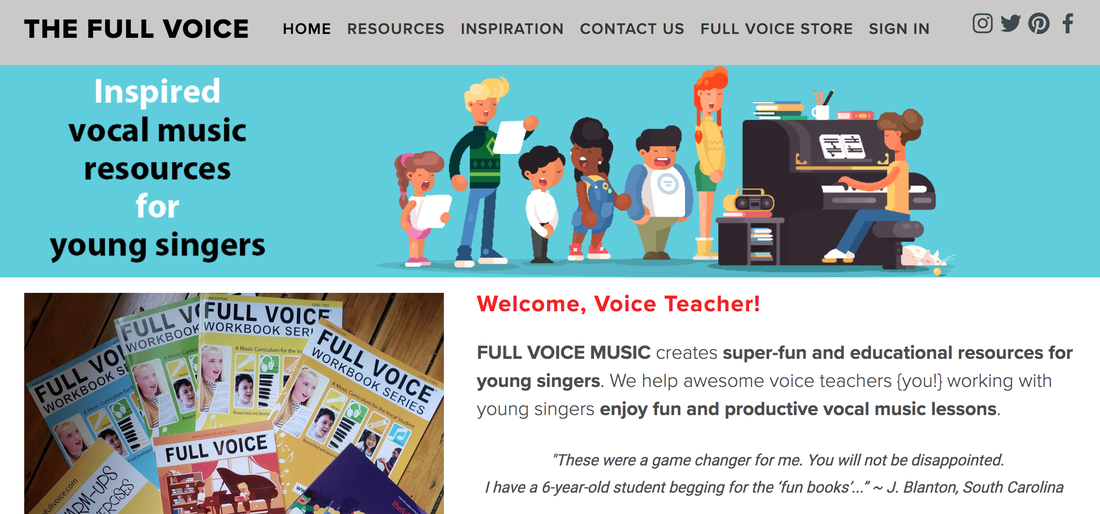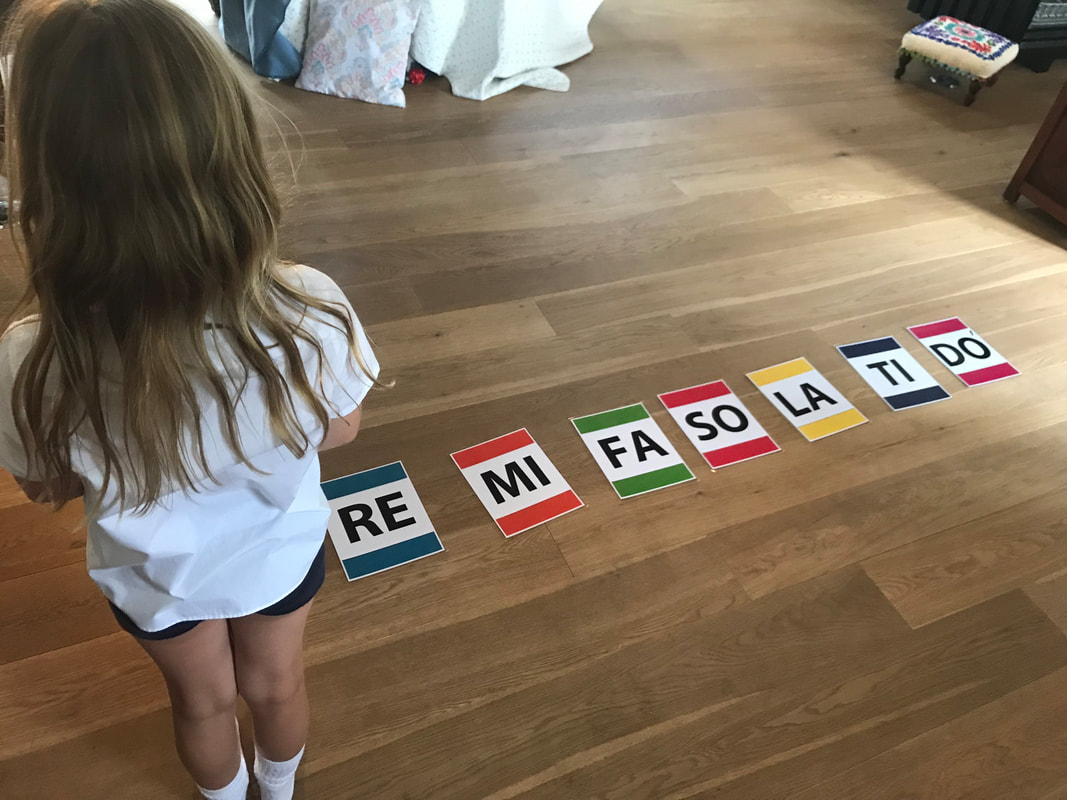|
Hello fellow music lovers! It has been quite a while... I thought I'd use this unexpected down time to create a video on one of my most favorite topics... the voices of the Disney Princesses! This is a video I created for My Music Match, a company I teach with that matches students with teachers based on their preferences, goals, and budget! In this video, I break down how to practice these songs, giving you some exercises to try for different concepts. I also go through a timeline of the vocal sounds of all the princesses, from Snow White to Moana. I've created a Spotify playlist to go along with it, so feel free to pause the video as you go along and play the tracks to hear the concepts in action. Spotify playlist link:
https://open.spotify.com/playlist/186riOQbzUl8eqhWAA7Cn8?si=n0THgbVJRoubH34PCNVvKQ
❤️ 🎶, Alex
0 Comments
Hello and welcome! I'm ~finally~ adding some content to my blog! I thought I'd get started with a fun game I came up with to play with voice and piano students alike. Younger kids love it, and it gets them up and moving, all while tricking them into practicing ear training! And it's easily adaptable to any skill level. What's not to love? I can't take full credit for this game, as I was so inspired by the resources at The Full Voice. I printed the tonic sol-fa wall cards (found here towards the bottom of the page) and laminated them for use with my students. These are what I use for the game! The main product from The Full Voice are the workbooks written by Nikki Loney and Mim Adams, which I have found incredibly helpful in my lessons, especially with singers who have never studied music via another instrument before. They incorporate theory, technique, and ear-training all in one. Additionally, there's a Facebook group and a podcast with invaluable information for anyone who teaches children how to sing. If you have kids in your voice studio, I urge you to utilize these resources and invest in their products! Okay, now that we're past the infomercial (not at all sponsored, by the way), here's the game: Solfege Hopscotch! How does it work? Place the solfege cards on the ground, in order. You stand on one side, and your student stands on the other. Then take turns jumping between intervals! I'll instruct my student to jump from one note to another, and sing the interval with them. Everything from how many cards you place on the floor, to the intervals you ask your student to jump to, to whether or not you sing with them, can be adjusted based on where they're at. I'll start with just Do, Re, and Mi on the floor, and only have them jump between one at a time, then I'll have them jump thirds between Do and Mi, then next time I'll add Fa and So into the mix... I'll start asking them to identify the interval (can they tell me that Do to Fa is a fourth?), then I'll have them do it a couple times without me singing to see if they can hear the intervals all on their own. Eventually we'll work up to having the whole scale on the floor! Their favorite part is when they get to instruct me which notes to jump between, but be warned - the sneaky kids will just make you jump octaves over and over! And there you have it. Give me a shout in the comments if you end up trying this with your own students, or if you come up with your own spin on it - I'd love to hear from you!
❤️ 🎶, Alex |
Archives
December 2022
Categories |



 RSS Feed
RSS Feed